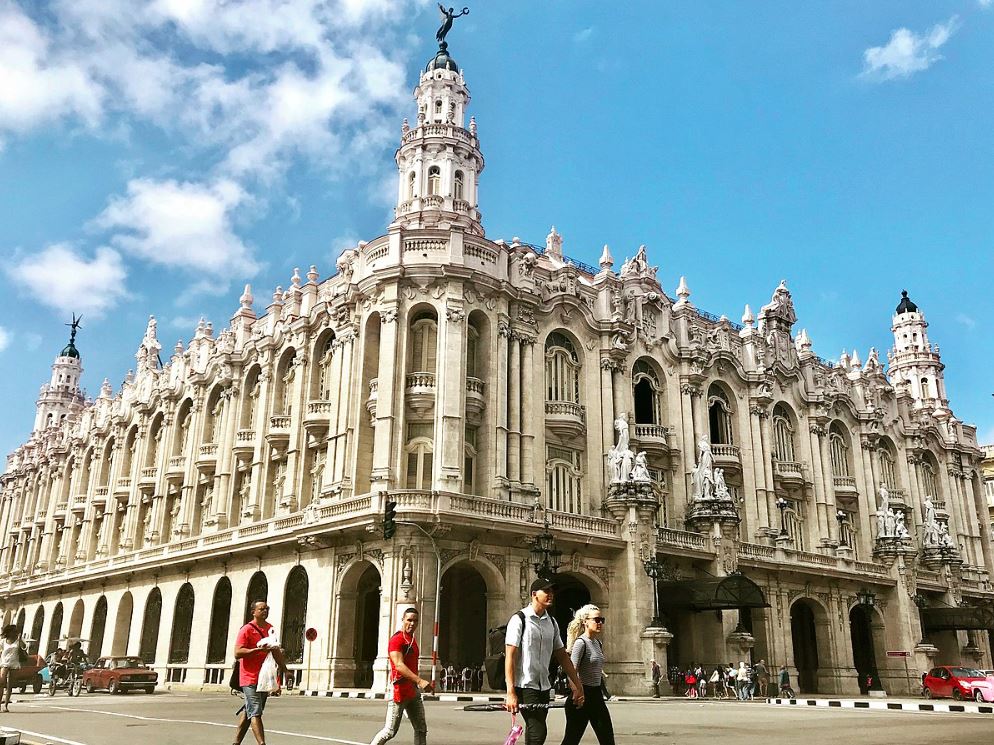Several types of revival architecture emerged in the 19th century, and this makes it all the most remarkable that this particular type was only developed in its final decades.
Baroque architecture was the most popular style in Europe from the early 17th to the mid-18th century and eventually spread all around the world.
Defined by curves, domes, and majestic columns, it was replaced by an even more ornamental style called Rococo architecture.
Baroque Revival architecture emerged in France during the reign of Emperor Napoleon III. The Baroque style was still a major part of the École des Beaux-Arts in Paris in the 19th century.
This in combination with a revival of Imperial power in France and several other parts of Europe sparked renewed interest in the Baroque era as an expression of national pride.
So what are some of the most famous Baroque Revival buildings in the world? In this article, you’ll find out.
1. Palais Garnier – Paris, France
Saying that the Palais Garnier is one of the most opulent buildings ever constructed isn’t an exaggeration. You really have to see the amazing level of ornamentation on both the exterior and interior of this famous opera house to believe it.
This incredible landmark in Paris was designed by French architect Charles Garnier (1825-1898) and is the epitome of the Napoleon III style. This is also known as the Second Empire style, the French version of Baroque Revival architecture, and it was completed between 1861 and 1875.
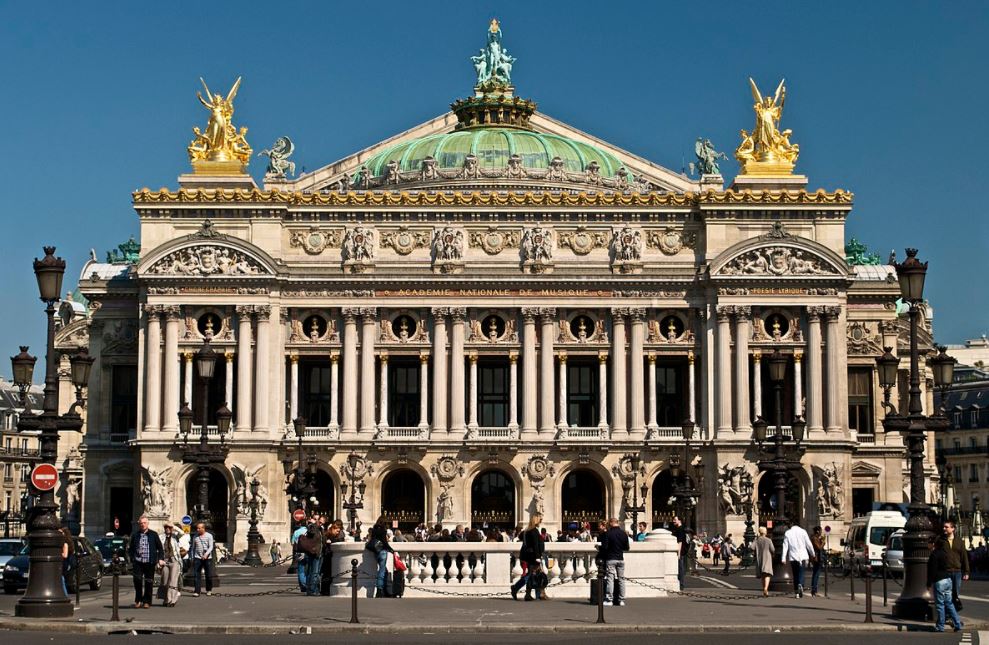
2. Justizpalast – Munich, Germany
The Justizpalast or “Palace of Justice” is a huge complex of buildings in Munich, the capital city of the state of Bavaria in the south of Germany. It houses 2 courtrooms and multiple administrative buildings and was constructed between 1890 and 1897.
It faces the western part of the Karlsplatz, a famous square commonly referred to as “Stachus.” The building has 4 façades but features 2 courtyards on each side. The central part of the building is dominated by a glass dome that reaches a height of 67 meters (219 feet).
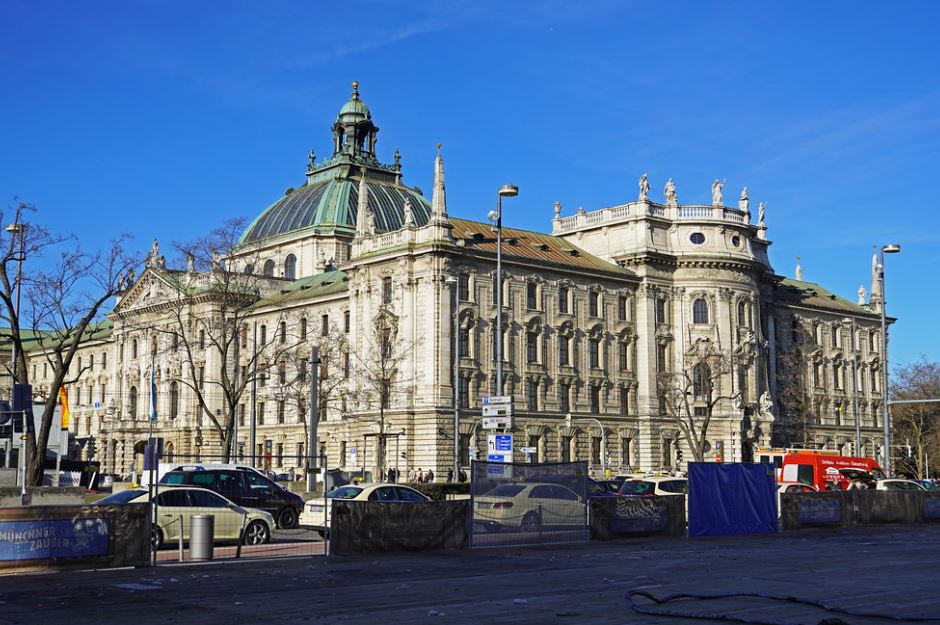
3. Port of Liverpool Building – Liverpool, England
The Port of Liverpool Building is one of the magnificent buildings in Liverpool that stands at Pier Head. Together with the nearby Royal Liver Building and the Cunard Building, This Grade II listed building is one of the so-called “Three Graces of Liverpool.”
Commonly referred to as the “Dock Office,” this beautiful landmark was constructed between 1904 and 1907. It’s the best example of the so-called Edwardian Baroque architectural style, the British version of neo-Baroque architecture. It cost £250,000 to build at the time and received a £10 million renovation between 2006 and 2009.
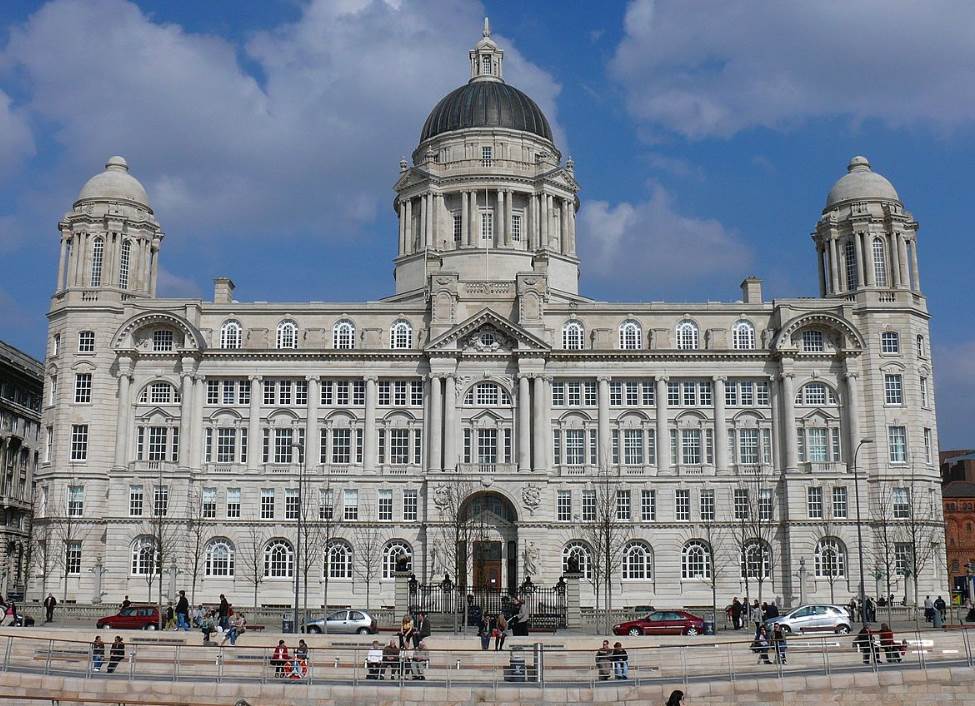
4. Akasaka Palace – Tokyo, Japan
Akasaka Palace is the name of one of the 2 state guest houses of the Government of Japan. This means that world leaders are welcomed here during official visits. It’s hard to imagine a nicer place to do this, especially considering the fact that it was originally constructed between 1899 and 1909 as the Imperial Palace for the Crown Prince.
This is the reason why this landmark in Tokyo was originally known as the “Tōgū Palace” which translates to “The Palace for the Crown Prince.” The palace has a remarkable Western appearance and was modeled on the famous Hofburg Palace, a building in Vienna that served as the Winter Residence of the Habsburg Dynasty.
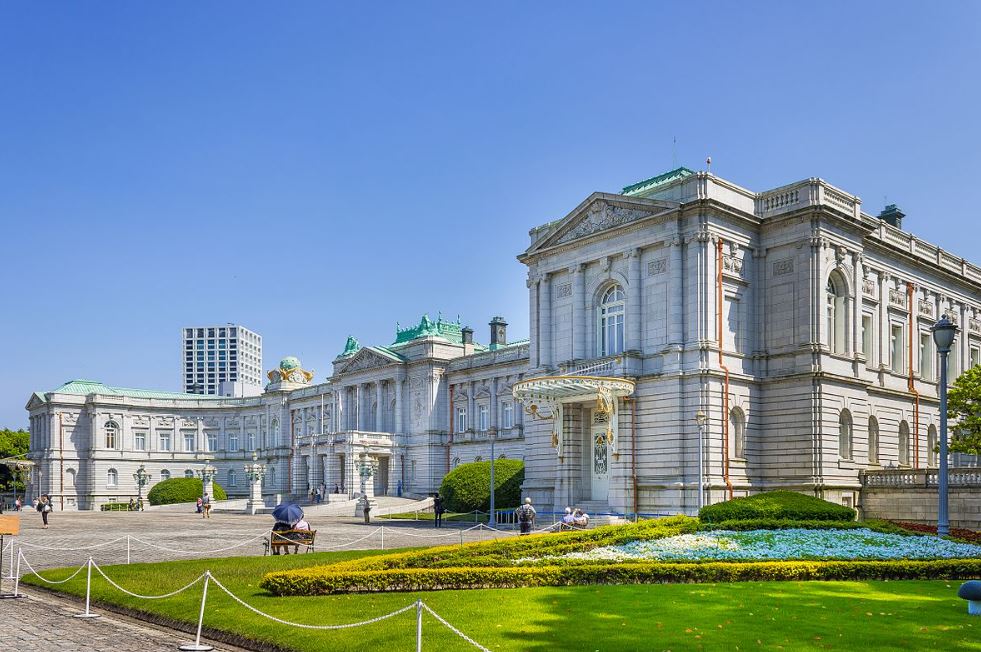
5. Christiansborg Palace – Copenhagen, Denmark
Christiansborg Palace is by far the most important building in Copenhagen, and even in the country of Denmark. It’s the only building in the world that houses the 3 main powers of the country, the executive power, the legislative power, and the judicial power.
Constructed between 1907 and 1928, the building is dominated by the central tower that houses the tallest viewing platform in the city. To make things even better, you can access this tower and get amazing views of the Danish capital for free.
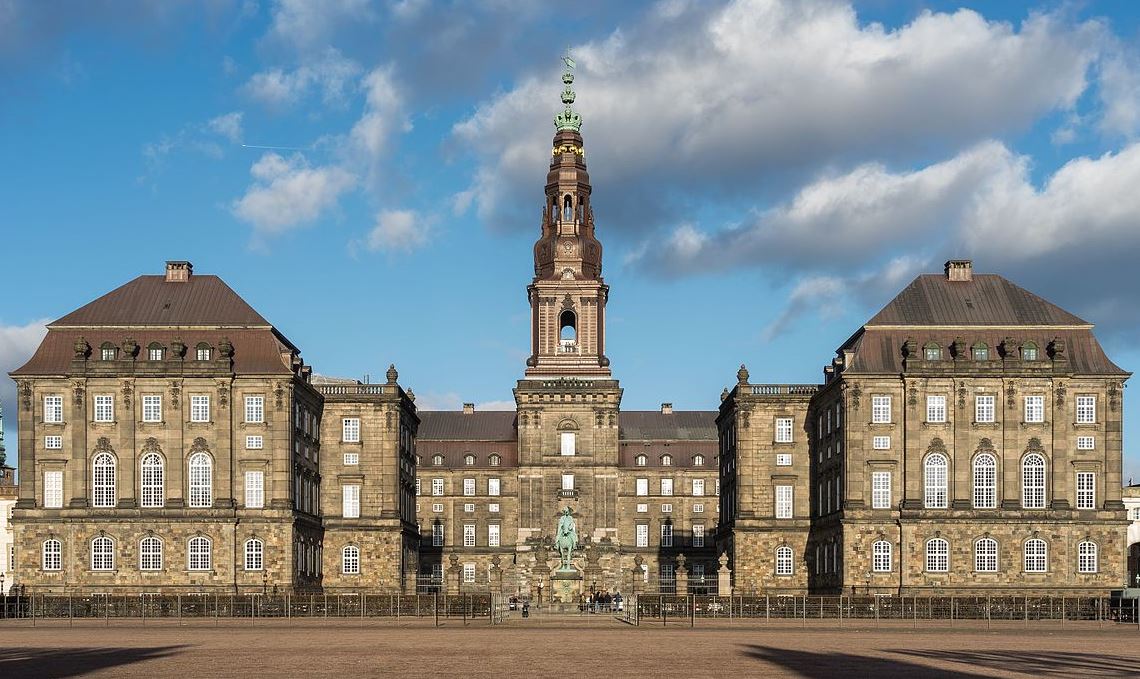
6. Belfast City Hall – Belfast, Northern Ireland
Belfast City Hall is arguably one of the most stunning city halls in the United Kingdom. It faces Donegall Square in the heart of the capital city of Northern Ireland and was constructed at the turn of the 20th century between 1898 and 1906.
This amazing neo-Baroque building replaced the Old Town Hall which had become seriously outdated in the late 19th century. Like most Baroque structures, the building features a central green copper dome that stands 53 meters (173 feet) tall.
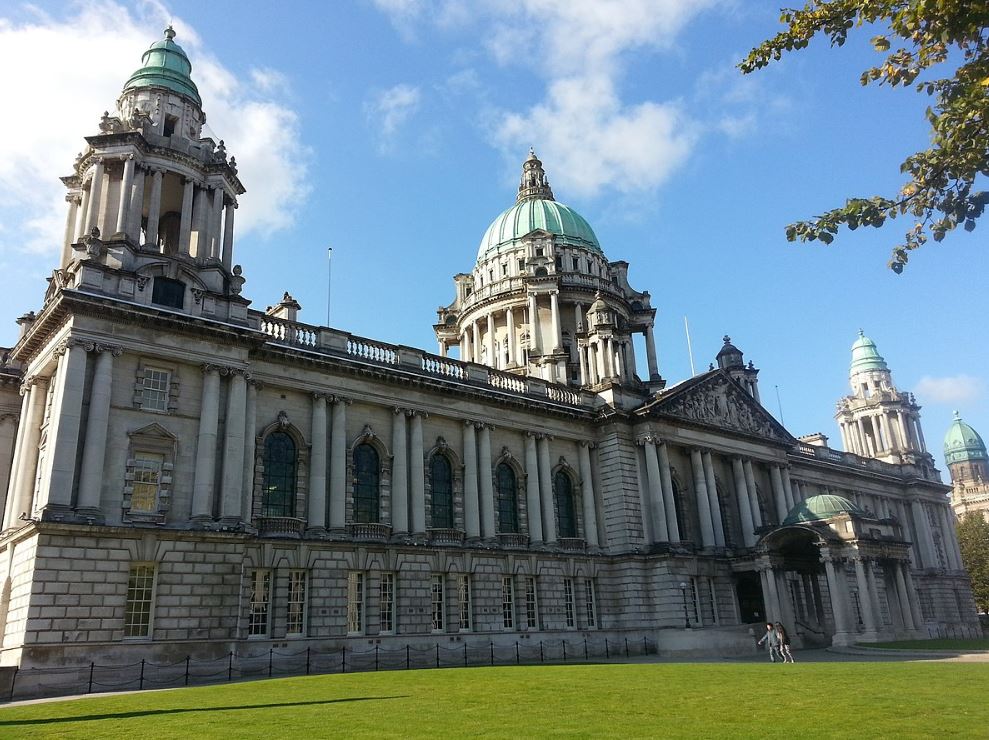
7. Semperoper – Dresden, Germany
The Semperoper is the main opera house in the German city of Dresden. It’s located near the Theaterplatz and almost borders the Elbe River. It was named after its architect, Gottfried Semper (1803-1879) who designed the original building in the 1840s.
The building has been renovated and rebuilt twice, once in 1878 after a fire and once in 1985 after a thorough renovation. Even though the building features Baroque elements, Semper also integrated Renaissance and Neoclassical features.
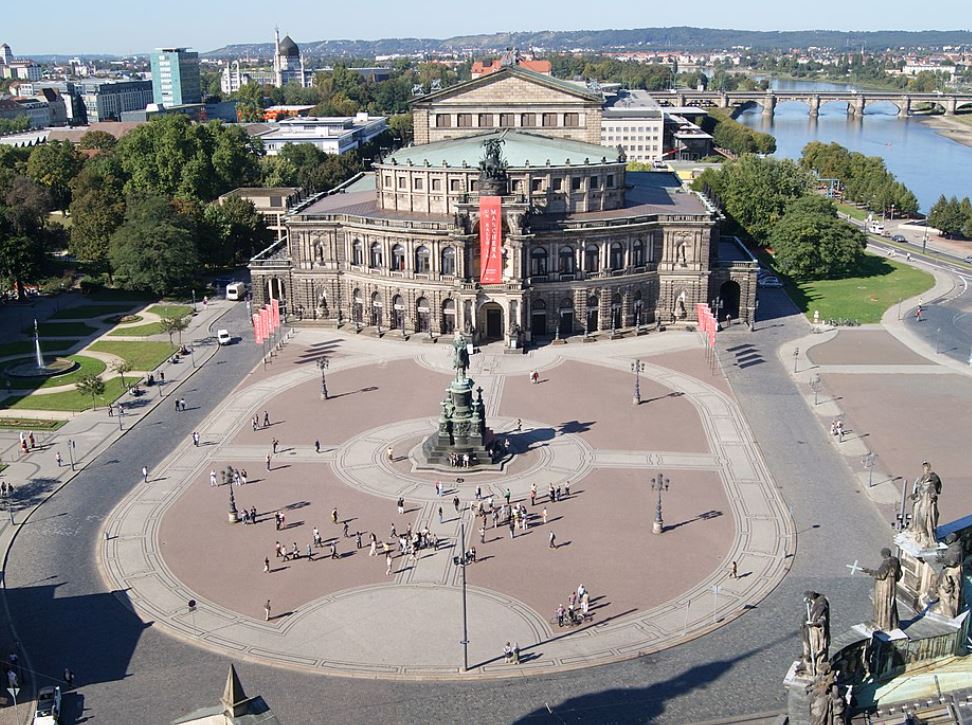
8. Ortaköy Mosque – Istanbul, Turkey
Ortaköy Mosque is a stunning building in Istanbul and a great example of how widespread Baroque Revival architecture really was. It’s located near the Ortaköy pier square in the Besiktas neighborhood in the northeastern part of this massive city.
The building is a remarkable combination of Islamic architecture and the Baroque Revival style. It was completed between 1854 and 1856 and originally featured a brick dome. This was replaced by the concrete dome we can see today and which forms an amazing backdrop to the nearby Bosphorus Strait.
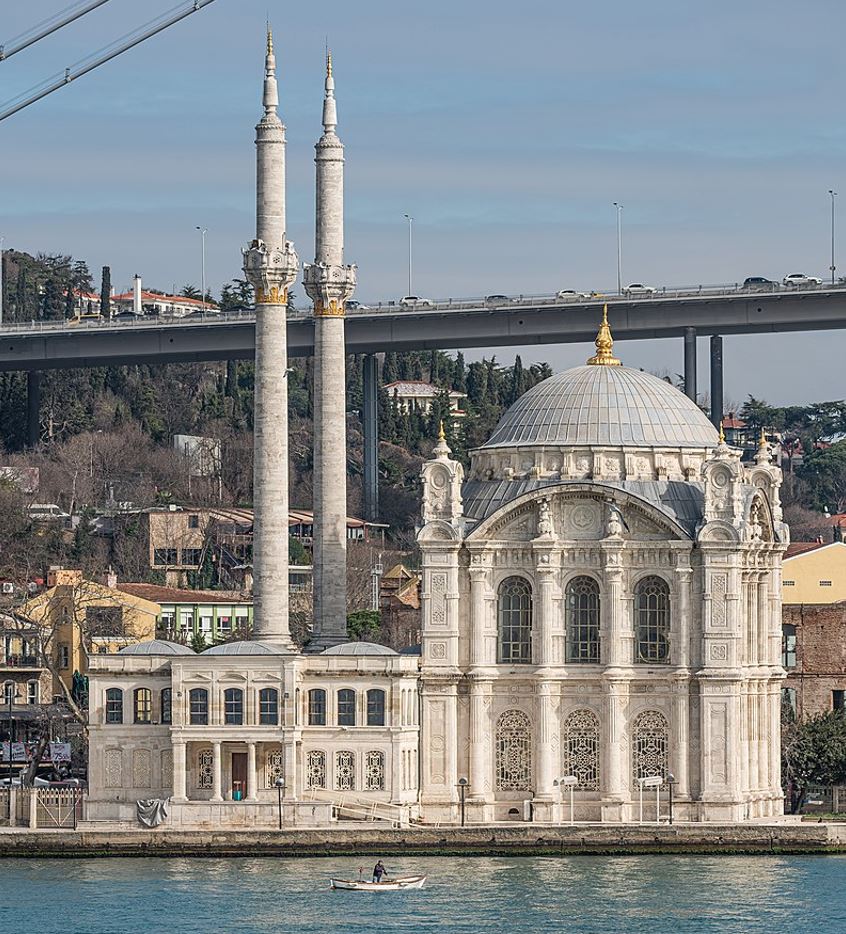
9. Bode Museum – Berlin, Germany
The Bode Museum is one of the multiple museums that are located on Museum Island in the heart of Berlin. It was commissioned by German Emperor William II and constructed between 1898 and 1904, a time in history when Baroque Revival architecture was very popular.
Because it’s located at the utmost northern tip of Museum Island, it features amazing views of this part of the historic heart of Germany’s capital. This building in Berlin along with all other historic landmarks on Museum Island was designated a UNESCO World Heritage site in 1999.
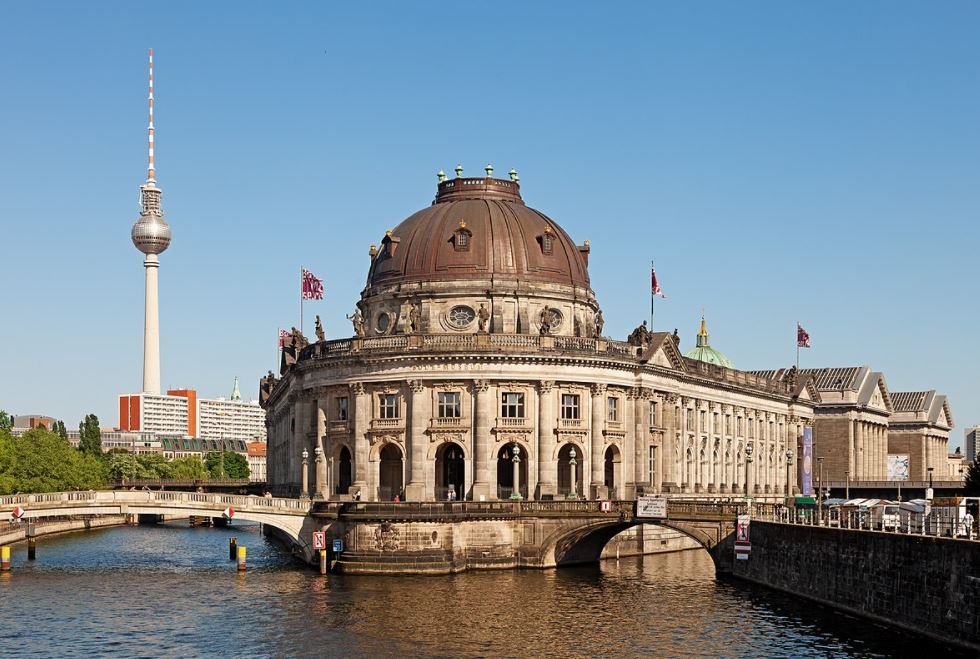
10. Gran Teatro de La Habana – Havana, Cuba
Gran Teatro de La Habana is an amazing theater in Havana, the capital city of Cuba. This space was once occupied by the historic Teatro Tacón. It was replaced by the current neo-Baroque theater in 1914 which was designed by a Belgian architect named Paul Belau.
What’s remarkable about this theater is that the old concert hall, completed in 1838, was retained and a new building was constructed around it. The exterior of the old theater building received a new façade. Architect Paul Belau also designed the Presidential Palace, now the Museum of the Revolution, in Havana.
